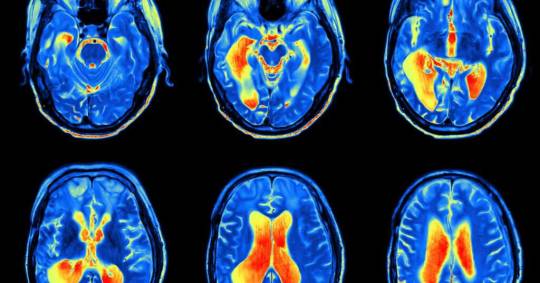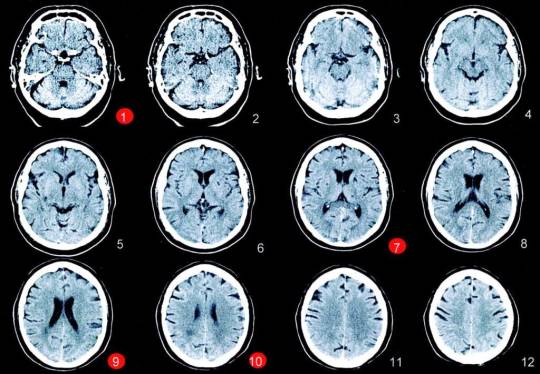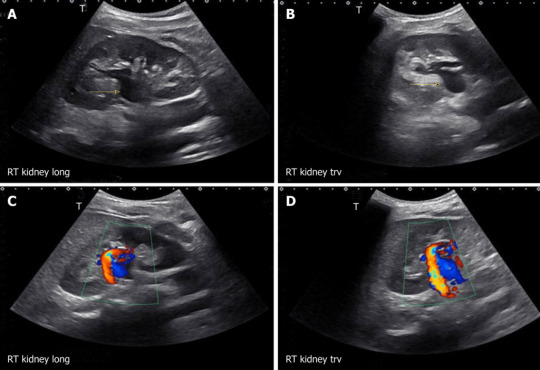#howdomriandctscantechnologiescomparetoultrasonography?
Text
How Do MRI and CT Scan Technologies Compare to Ultrasonography?

Unveiling the Technological Marvels
How do MRI and CT Scan technologies compare to Ultrasonography? In the ever-evolving landscape of medical diagnostics, three stalwarts stand out: Magnetic Resonance Imaging (MRI), Computed Tomography (CT) Scan, and Ultrasonography. These technologies have revolutionized the way healthcare professionals peer into the human body, offering insights that were once unimaginable. In this SEO-optimized long-form article, we embark on a journey to unravel the nuances of these imaging techniques, comparing their strengths, applications, and considerations.
1. Magnetic Resonance Imaging (MRI)

The Marvel of Magnetic Resonance
MRI, a magnetic resonance imaging technique, harnesses the power of strong magnetic fields and radio waves to produce detailed images of internal structures. MRI's forte lies in unparalleled soft tissue contrast, making it a go-to choice for neurological, musculoskeletal, and abdominal imaging. The absence of ionizing radiation renders it safe, a crucial aspect for patients undergoing repeated scans.
MRI Applications in Neurology
MRI's prowess shines brightly in neurology, where the intricate details of the brain's anatomy and abnormalities are unveiled. The absence of radiation makes it a preferred choice for chronic conditions requiring frequent monitoring.
2. Computed Tomography (CT) Scan

Navigating the Cross-Sectional Realm
CT scans, relying on X-rays, provide cross-sectional images that are invaluable in diagnosing various conditions. Bones, lungs, and soft tissues in the abdomen and chest are unveiled with high resolution, offering a comprehensive view of internal structures. However, the use of ionizing radiation poses concerns, especially with repeated scans.
CT Scan in Emergency Medicine
In emergency situations, time is of the essence. CT scans play a pivotal role, offering swift and precise imaging that aids healthcare professionals in rapid decision-making.
3. Ultrasonography

The Symphony of Sound Waves
Ultrasonography, or ultrasound, takes a different approach, utilizing high-frequency sound waves to create images. Widely recognized for its safety and real-time imaging capabilities, ultrasound is commonly used in obstetric imaging, abdominal evaluations, and interventional procedures.
Ultrasonography in Obstetrics
The real-time nature of ultrasonography makes it an indispensable tool in obstetrics, providing expectant parents with vivid glimpses into the development of their unborn child.
Comparative Analysis
1. Radiation Exposure
When it comes to patient safety, MRI and Ultrasonography emerge as the champions. MRI avoids ionizing radiation altogether, ensuring patient well-being. In contrast, CT scans, despite their diagnostic brilliance, expose patients to X-rays, warranting cautious use, particularly in cases requiring repeated imaging.
2. Imaging Precision
Each imaging modality boasts its own strengths. MRI excels in soft tissue imaging, capturing details with unmatched clarity. CT scans, on the other hand, are adept at visualizing bones and cross-sectional anatomy, making them invaluable in emergencies. Ultrasonography, while excellent for real-time assessments, may face limitations in visualizing deep-seated structures.
3. Applications
Consider the diagnostic goal when choosing an imaging technique. MRI's precision makes it ideal for neurological and musculoskeletal assessments, whereas CT scans shine in emergency scenarios, swiftly offering insights crucial for immediate medical decisions. Ultrasonography, with its versatility, finds a place in obstetrics, abdominal evaluations, and guiding interventions.
Choosing the Right Imaging Modality
The decision between MRI, CT scan, and ultrasonography hinges on the specific clinical scenario, diagnostic goals, and patient considerations. It's not a one-size-fits-all situation; instead, healthcare professionals must tailor their choice to the unique needs of each patient.
https://youtu.be/jOoMqsbMaxw?si=yxh9CUXJzdjm2FS_
Conclusion: How Do MRI and CT Scan Technologies Compare to Ultrasonography?
In conclusion, the comparison between MRI, CT scan, and ultrasonography underscores the need for a nuanced approach to medical imaging. Each technology brings its own set of advantages and considerations, allowing healthcare professionals to tailor their diagnostic approach to the intricacies of each case. Safety, precision, and versatility all play pivotal roles in this dynamic landscape.
Frequently Asked Questions (FAQs)
1. Are MRI and CT scans safe for pregnant women?
Both MRI and CT scans pose potential risks to the developing fetus due to the use of magnetic fields and ionizing radiation, respectively. However, in certain situations, the benefits may outweigh the risks. It's crucial for healthcare providers to carefully weigh the pros and cons, opting for the safest option whenever possible.
2. Can ultrasonography replace CT scans in emergency situations?
While ultrasonography offers real-time imaging capabilities, it may not fully replace CT scans in emergency scenarios. CT scans provide detailed cross-sectional images swiftly, aiding in rapid decision-making. The choice between the two depends on the urgency of the situation and the specific diagnostic requirements.
3. How often can a patient undergo CT scans safely?
Due to the ionizing radiation associated with CT scans, the frequency of scans should be minimized to reduce potential risks. Healthcare providers follow guidelines to ensure responsible use, considering the patient's medical history and the necessity of the imaging. Alternatives like MRI or ultrasonography may be explored when feasible.
In the dynamic realm of medical imaging, the choice between MRI, CT scan, and ultrasonography is not just a technological decision; it's a personalized approach to patient care. As technology continues to advance, healthcare professionals will have an ever-expanding arsenal of diagnostic tools, each playing a crucial role in unraveling the mysteries of the human body.
Read the full article
0 notes